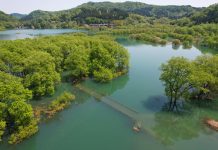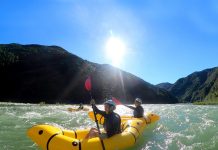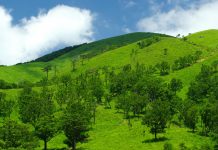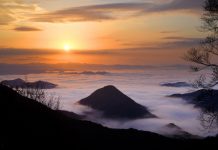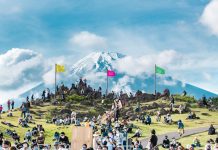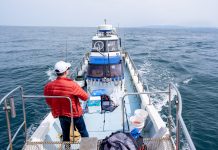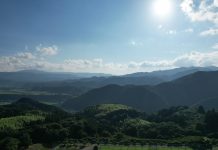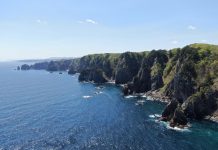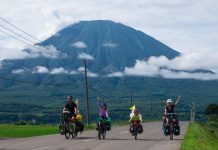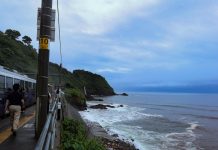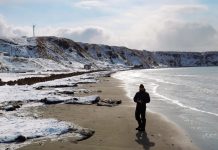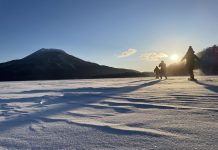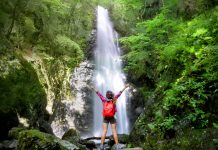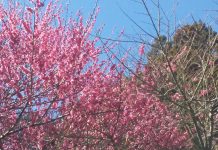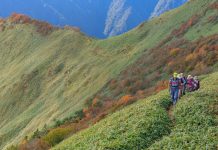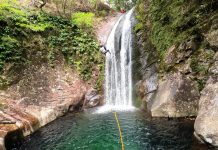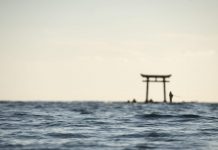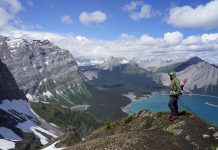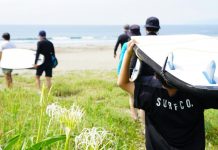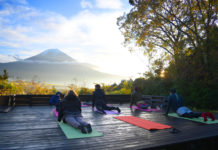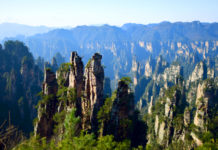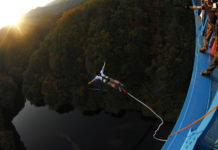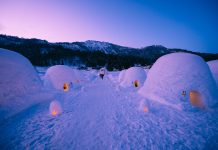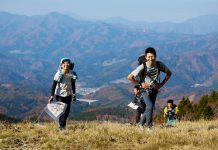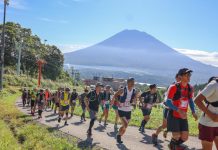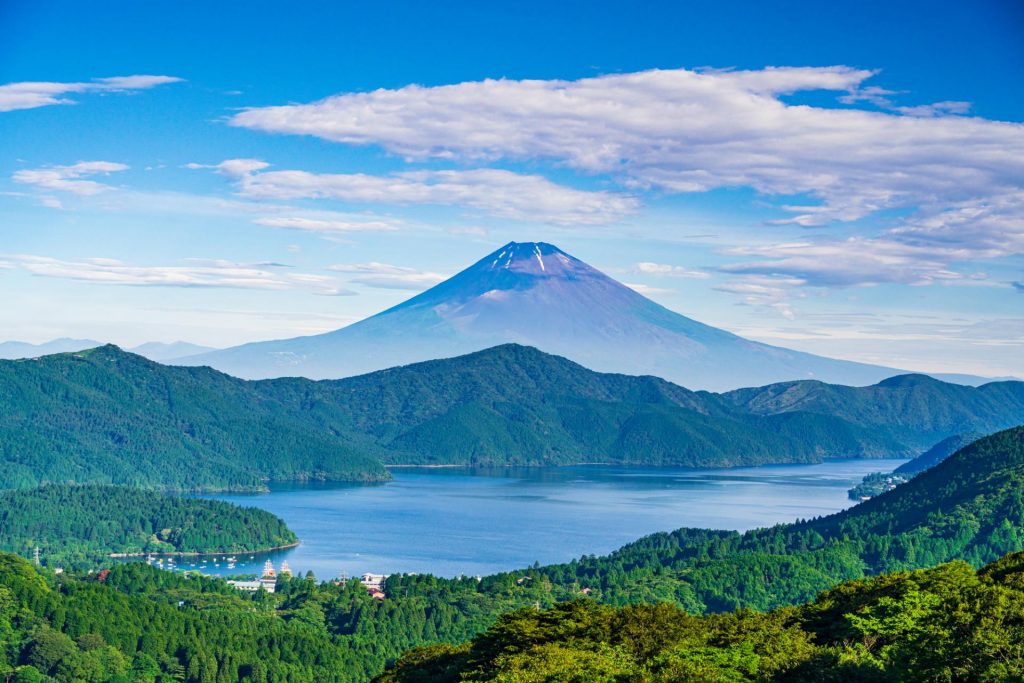
Hakone is best known for stunning views of Mt. Fuji and luxurious hot spring ryokan. Many visitors do day trips to this popular resort area and hit the hot spots, but staying for multiple days allows you to check out the area at a leisurely pace and get off the main tourist track. One of the benefits having time to explore is walking the extensive network of hiking trails.
Those who lace up their walking shoes will be rewarded with close-up views of Mt. Fuji, Hakone has fascinating history and geology. As the best-preserved post town on the Tokaido Road, it allows visitors to feel like they are making an Edo-period pilgrimage. For a new perspective on Hakone, stay longer – and travel on foot.
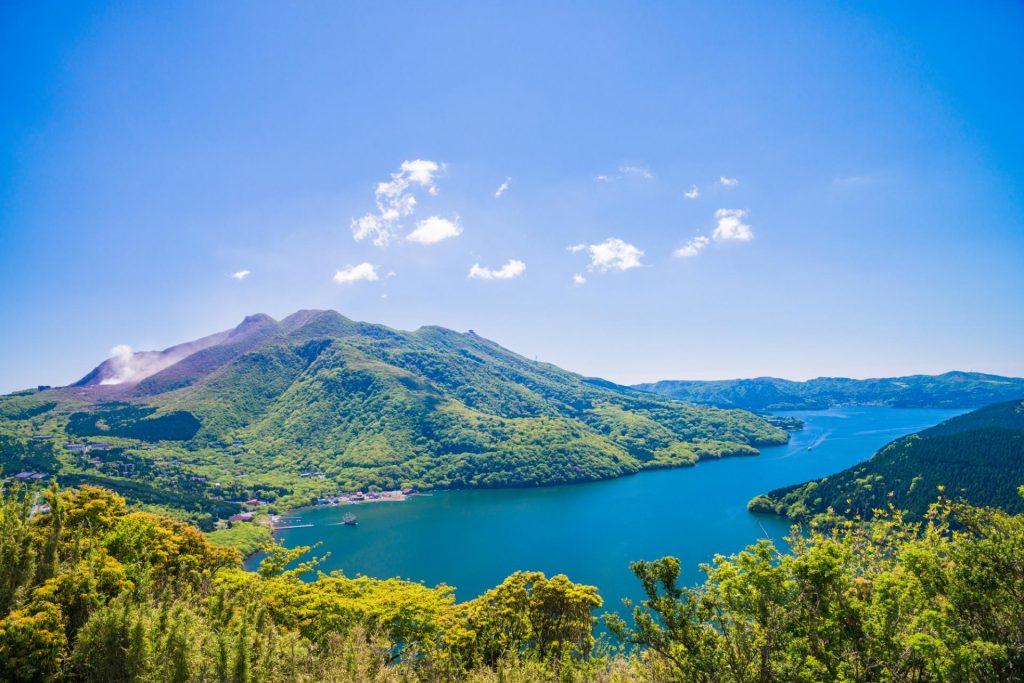
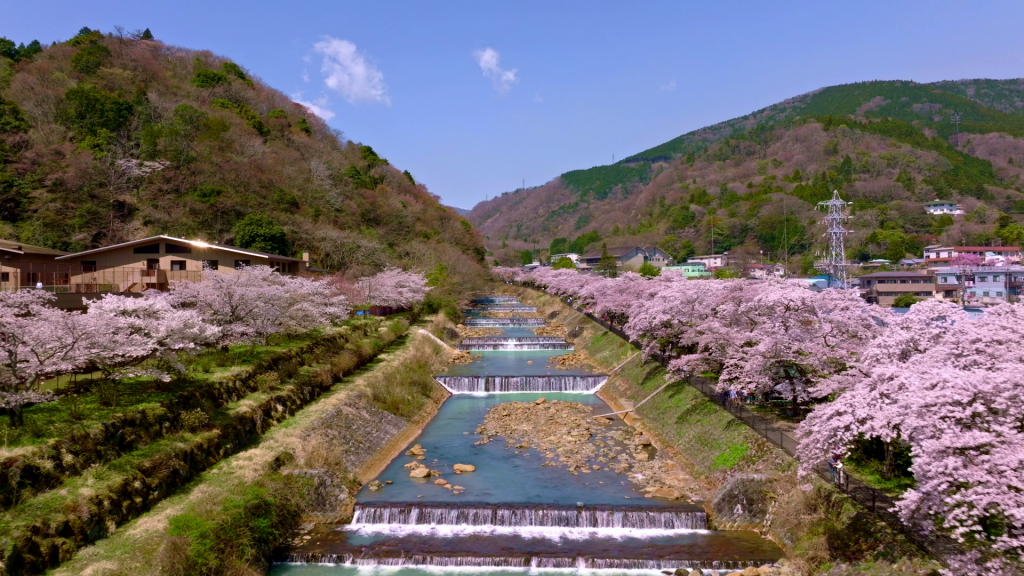
Day 1: Hakone Hachiri
Yumoto Hakone is a famous hot spring village at the entrance to the mountainous Hakone Region. The station is only an 1.5 hours from central Tokyo, but the elevated scenery and fresh air make it feel much further away. Hakone Yumoto Station is also the starting point for hikers wanting to delve deeper into Hakone’s natural landscape on their own two feet. Be sure to stop by the tourist information center when you arrive to grab an English area map.
The guide for our three-day adventure is Kaneko Shin, a Hakone native who runs Explore Hakone. He loves explaining the local history and culture to visitors. I immediately learn historical tidbits and interesting facts that only a guide’s knowledge can endow, and I am glad for the opportunity to ask questions. His English is excellent, and we quickly start chatting about Hakone’s quirky uniqueness.
From Hakone Yumoto Station, there are frequent buses whisking visitors to various starting points on the trail, depending on their hiking ability. Another option is to start walking from the station. There are plenty of shrines, temples, cedar-lined avenues and historical markers to explore, no matter where you begin. We take the bus for a few minutes, then walk up a beautiful traditional cobblestone road.
If you are interested in local crafts, check out the Yosegi Zaiku woodwork shops in Hatajuku post town. Yosegi is a traditional Japanese art form that creates beautiful wood patterns. The shops offer souvenirs or Yosegi experiences to make your own.
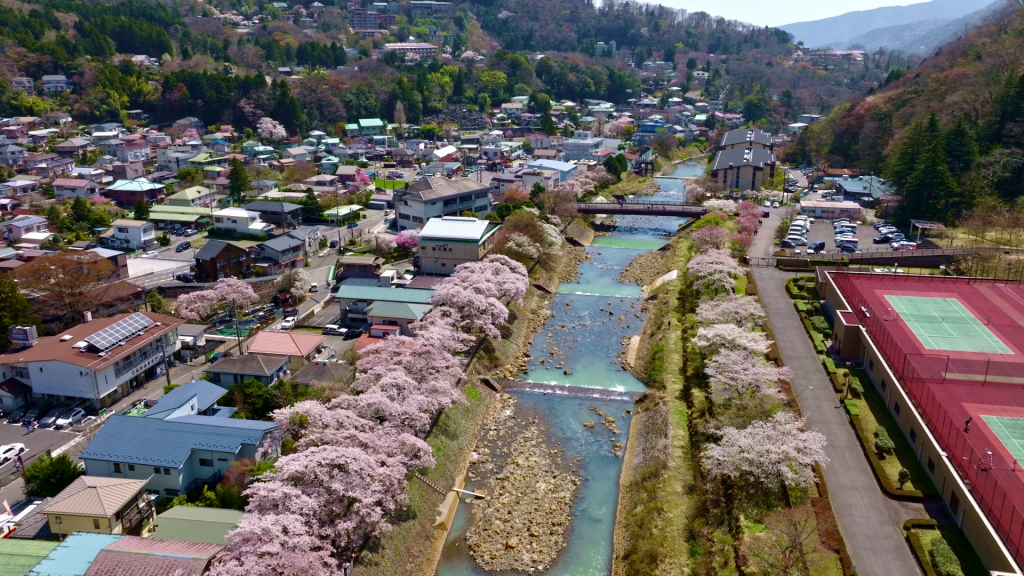
The highlights of the day was Amasake Chaya. This teahouse began 400 years ago in the Edo Period, serving travelers on the old Tokaido Road. Amazake means sweet sake and refers to the sweet, non-alcoholic drink made from sake production’s leftovers, called sake kasu. They still make amazake the same way they have for centuries, the only ingredients are rice and water. The original Edo-era building was rebuilt about 15 years ago and is a great place to rest, grab a bite and enjoy the authentic teahouse experience.
Yamamoto Satoshi is the head of the business and the 13th generation owner is preserving the customs and recipes his family created over centuries. He takes time away from his busy schedule to explain the amazake process and why he loves his work. He knows his ancestors are watching him from above and wants to make them proud. He also enjoys watching visitors try amazake for the first time, putting a smile on their faces. Undoubtedly, this ometenashi hospitality has allowed the family business to last through the centuries.
Departing Amasake Chaya, a winding trail descends through the forest to Lake Ashinoko. Three thousand years ago, Mt. Hakone’s volcanic eruption formed the crater lake. From Ashinoko, a short bus ride takes us to Hoeiso, a traditional Japanese ryokan, and tonight’s accommodation. The owner proudly demonstrates the gigantic German-designed pellet stove that exclusively uses wood from Yamanashi Prefecture, allowing them to lower energy use. The traditional kaiseki meals here are delicious and the views of the roaring river below from the garden and outdoor bath (heated by the pellet stove) are a perfect way to wrap up the day.
WEB CONNECTION
Explore Hakone explore-hakone.com
Yosegi Zaiku: hakone-japan.com/yosegizaiku/
Amasake Chaya: amasake-chaya.jp / hakonenavi.jp/international/en/spot/586
Hoeso: hoeiso.jp
Hakone Yumoto Google Maps: google.com/maps/@35.2331899,139.1040483,21z
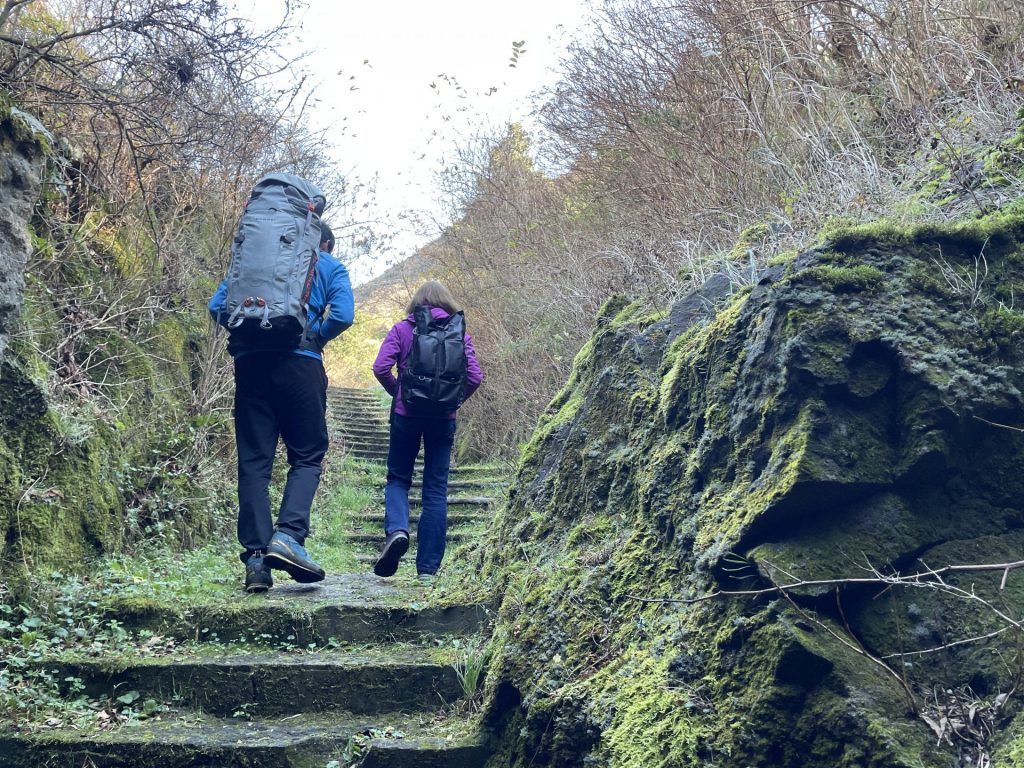
Day 2: The Outer Rim
After a delicious ryokan breakfast, it is time for the hike. There are a few different choices depending on the hiking level of your group. One option is to walk along the shoreline and crater rim of Lake Ashinoko. Although trail maintenance is lacking in some areas, it is a moderate hike with panoramic views of the lake and Mt. Fuji on a clear day.
Our group decides to to take another route, the Ashinoko Skyline Trail. This 13-kilometer hike is moderately challenging with more vertical. However, the trail has multiple scenic locations to stop and take in the views of Mt. Fuji. One sign of civilization that creeps into the serenity of this trail is the distant audible pounding sound of Japan’s self-defense force practice maneuvers. Japan is a contrast of the ancient and the modern this is a stark reminder Hakone is no exception.
On either hike, bring an o-bento (lunch box) or a snack because there are few places in the mountains to purchase food or water. Both trails finish on the North end of Lake Ashinoko, near the Togendai Ropeway Station. There is bus or ropeway access to the Gora area from here.
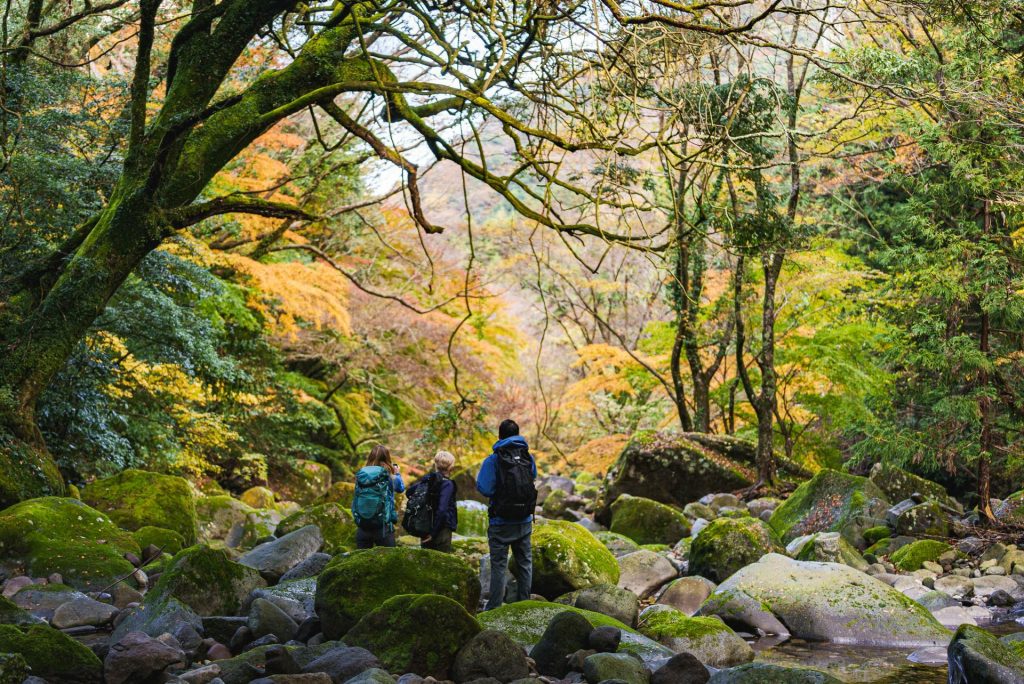
We check into the Hotel Indigo Hakone Gora. The newly opened Indigo is an excellent contrast to the traditional feel of the first night. There is an onsen to take away any muscle aches, but keep in mind, unlike a typical onsen, Indigo’s hot spring is mixed bathing and a swimming suit is required.
Dinner at the Indigo is a multi-course fusion meal made with Hakone ingredients, including veggies and venison. Stuffed after the meal, I bathe again in the rotenburo (outdoor bath) attached to the room before crashing. The combination of sun, exercise, onsen and food on hiking trips always makes for an excellent night of sleep.
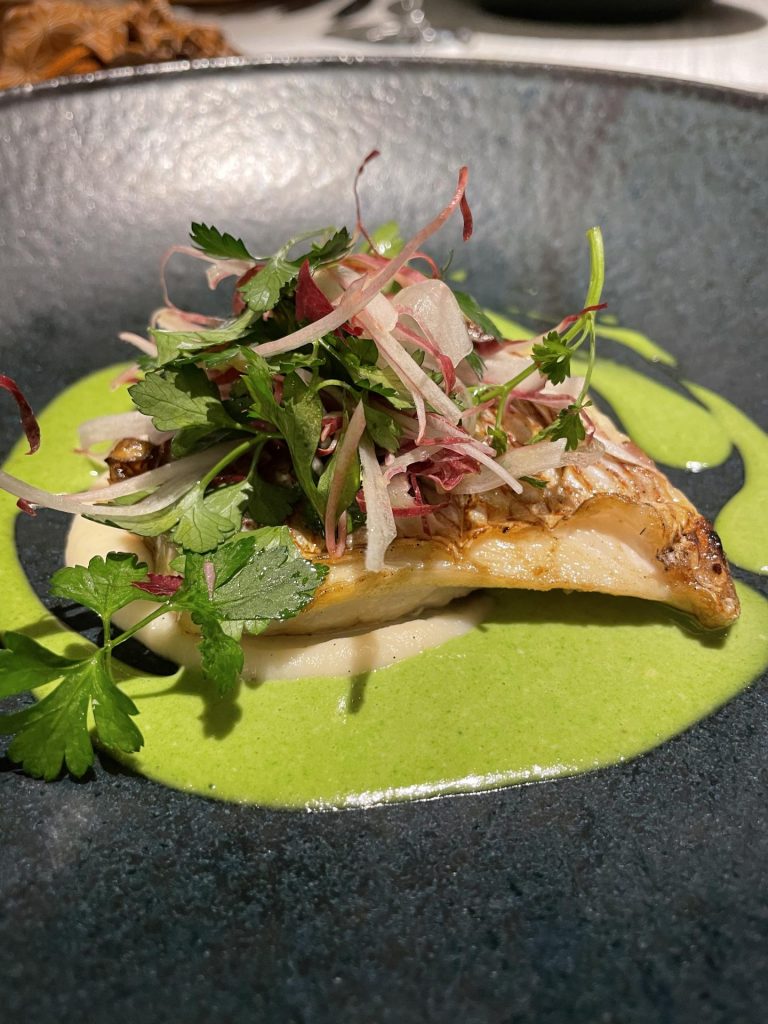
WEB CONNECTION
Lake Ashi Trail: alltrails.com/trail/japan/kanagawa/lake-ashi-trail
Ashinoko Skyline Trail: alltrails.com/trail/japan/kanagawa/ashinoko-skyline-trail
Hotel Indigo: hakonegora.hotelindigo.com
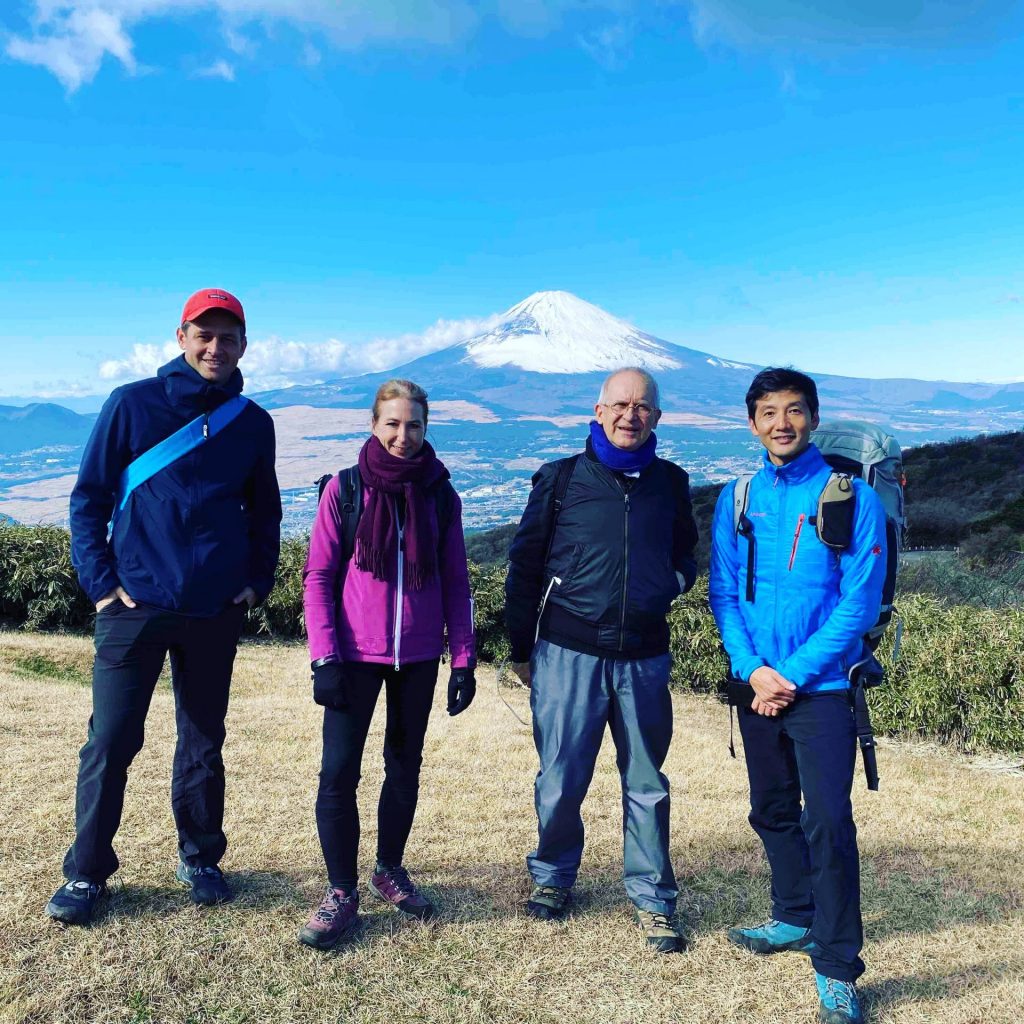
Day 3: The Yusaka Trail
The Yusaka Trail is a pre-Tokugawa Shogunate road developed after the eruption of Mt. Fuji in 802. Even though it is just miles away from the previous two days of walks, the open grassland makes it feel like an entirely new area. Because it was unused, little of the history or structures remain, and it feels more remote than the populated Tokaido Road. Still, there are remnants of human presence here, including the remains of a castle and various Bodhisattva Buddhas that have been dug into the mountain. Summiting Mt. Sengen and visiting Chisuji Falls are some of the trail’s highlights.
The last stop on the hike is Hakone Yuryo, a hot spring day spa and restaurant near Hakone Yumoto Station. Hiking in Hakone, I have grown accustomed to having a hot bath at the end of each day, and it wouldn’t feel like a Hakone hike without one.
On the train ride home I reflect on the journey. Because Hakone is a popular destination, it has a reputation for being crowded and touristy. But sticking to the mountain trails, I have hardly seen a soul. On a long walk, the stresses of daily life disappear, and the only thing to consider is finishing the trail, eating the next meal and the bath at the end of the day. If feels like a primal human experience we periodically need and I look forward to returning to explore more of what Hakone has to offer of the well-trodden tourist trail.
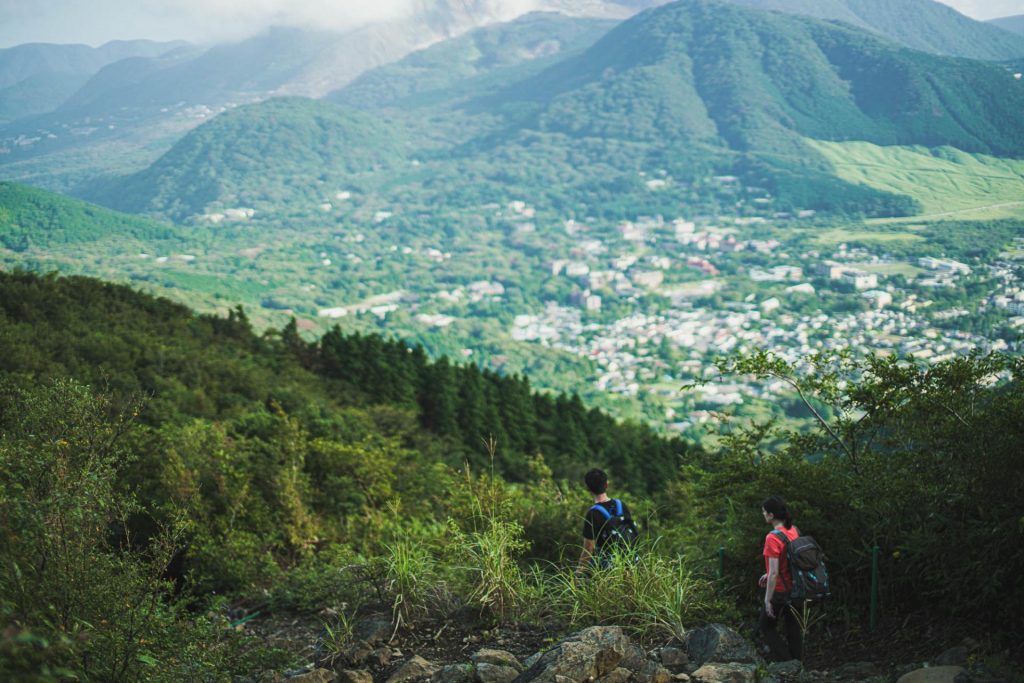
WEB CONNECTION
Yusaka Trail: alltrails.com/explore/trail/japan/kanagawa/miyanoshita-mount-sengen-hakone-yumoto
Hakone Yuryo: hakoneyuryo.jp / hakone-japan.com/things-to-do/onsen/onsen-for-a-day-visit/hakone-yuryo/

